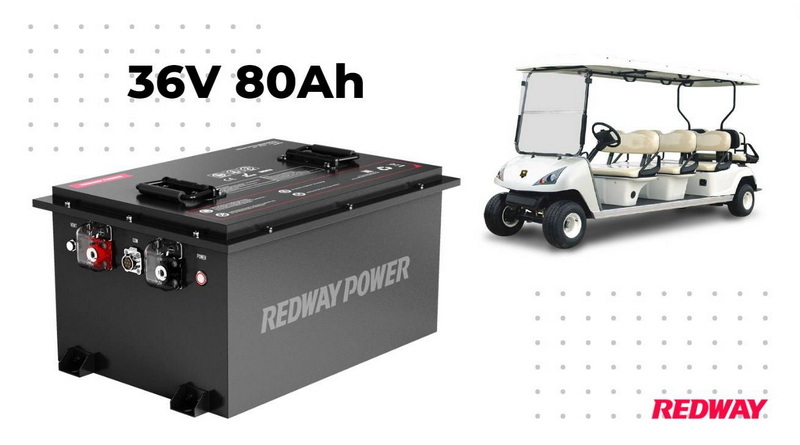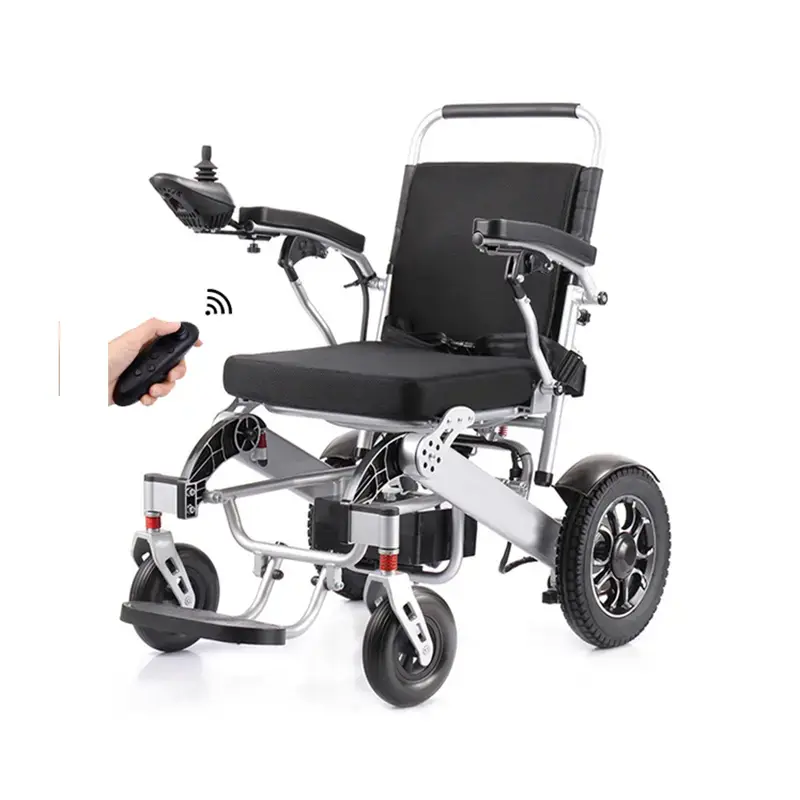Content Menu
● Understanding Battery Types
>> Electric Wheelchair Batteries
>> Golf Cart Batteries
● Compatibility Considerations
● Performance Expectations
● Practical Applications
● Conclusion
● FAQ
>> 1. Can I use lithium-ion wheelchair batteries in my golf cart?
>> 2. What happens if I use underpowered wheelchair batteries in my golf cart?
>> 3. Are there any safety concerns with mixing battery types?
>> 4. How often should I replace my electric wheelchair or golf cart batteries?
>> 5. Can I charge my wheelchair batteries with a golf cart charger?
Electric wheelchairs and golf carts both rely on batteries for their operation, but the types of batteries used and their specifications can vary significantly. This article explores whether electric wheelchair batteries can be used in golf carts, discussing the similarities and differences between these two types of batteries, their performance, and practical considerations for users.

Understanding Battery Types
Electric Wheelchair Batteries
Electric wheelchairs typically use deep-cycle batteries designed for sustained power output. The most common types of batteries found in electric wheelchairs include:
- Lead-Acid Batteries: These are the traditional choice, available in two main varieties: Gel and AGM (Absorbent Glass Mat). They are known for their durability but can be heavy and have a limited lifespan of about 1-3 years depending on usage.
- Lithium-Ion Batteries: These are becoming increasingly popular due to their lighter weight, longer lifespan (up to 5-7 years), and faster charging times. They offer better energy density, meaning they can provide more power in a smaller package.
Golf Cart Batteries
Golf carts generally utilize larger deep-cycle batteries that are designed to handle the demands of golf cart motors. The most common battery configurations include:
- 6-Volt Batteries: Often used in series to create a 36-volt system.
- 8-Volt Batteries: Commonly used for 48-volt systems.
- 12-Volt Batteries: Sometimes used in configurations that allow for high-capacity setups.
Golf cart batteries are built to deliver a steady amount of current over a longer period, which is crucial for the performance of electric motors during extended use.
Compatibility Considerations
When considering using electric wheelchair batteries in a golf cart, several factors must be taken into account:
- Voltage Requirements: Most electric wheelchairs operate on either 24 volts (using two 12-volt batteries) or 36 volts (using three 12-volt batteries). In contrast, golf carts often operate at higher voltages (36V, 48V). Therefore, you would need to ensure that the voltage output matches the requirements of the golf cart.
- Amp-Hour Rating: This rating indicates how much energy a battery can store and how long it can deliver power. Electric wheelchair batteries typically have lower amp-hour ratings compared to golf cart batteries. For example, while a standard golf cart battery may have an amp-hour rating of around 200Ah, electric wheelchair batteries may range from 20Ah to 75Ah. This discrepancy means that wheelchair batteries may not provide sufficient power or runtime for golf cart applications.
- Physical Size and Weight: Golf cart batteries are generally larger and heavier than those used in electric wheelchairs. This difference could affect the balance and handling of the golf cart if wheelchair batteries are installed.

Performance Expectations
Using electric wheelchair batteries in a golf cart may yield mixed results:
- Runtime: Due to their lower capacity, wheelchair batteries may not last long enough for typical golf cart use, especially if the cart is used over extended distances or hilly terrains.
- Power Delivery: While voltage compatibility might be achievable, the overall power delivery may be inadequate. Golf carts require sustained high current for acceleration and hill climbing, which wheelchair batteries may struggle to provide.
Practical Applications
If you find yourself in a situation where you need to use electric wheelchair batteries in a golf cart—perhaps due to budget constraints—consider the following tips:
- Short-Term Use: If your golf cart is only needed for light use or short distances, wheelchair batteries could serve as a temporary solution until you can invest in proper golf cart batteries.
- Battery Configuration: If using multiple wheelchair batteries in parallel or series can achieve the desired voltage and capacity, this setup might work better than using a single battery.
Conclusion
In conclusion, while it is technically possible to use electric wheelchair batteries in a golf cart under certain conditions, it is generally not advisable due to significant differences in capacity, power delivery, and overall performance. For optimal functionality and longevity of your golf cart, investing in appropriate deep-cycle golf cart batteries is recommended.

FAQ
1. Can I use lithium-ion wheelchair batteries in my golf cart?
Yes, as long as they meet the voltage requirements of your golf cart. However, ensure that they have sufficient amp-hour ratings for your intended use.
2. What happens if I use underpowered wheelchair batteries in my golf cart?
Using underpowered batteries may result in poor performance, reduced runtime, and potential damage to both the battery and the motor due to insufficient power delivery.
3. Are there any safety concerns with mixing battery types?
Yes, mixing different types of batteries (e.g., lithium with lead-acid) can lead to charging issues and safety hazards. Always ensure compatibility before installation.
4. How often should I replace my electric wheelchair or golf cart batteries?
Typically, lead-acid batteries should be replaced every 3-5 years depending on usage and maintenance; lithium-ion options may last longer but should still be monitored regularly.
5. Can I charge my wheelchair batteries with a golf cart charger?
It's not recommended unless the charger is specifically compatible with both battery types. Using an incompatible charger can damage the battery or reduce its lifespan.










































